At first glance, for a beginner, selecting the correct powerlifting belt can seem like an overwhelming task. Should the material be leather or velcro? Do you go with single-prong, double-prong, or lever? Do you go with a 10mm thick belt, a 13mm belt, or something else? Should it be 3” wide, 4” wide, or should it taper from small in the front to wide in the back? Does the color matter at all? Help?
The rest of this article is going to elaborate upon why I recommend you grab a single prong, 4″ wide, 13mm thick, leather belt.
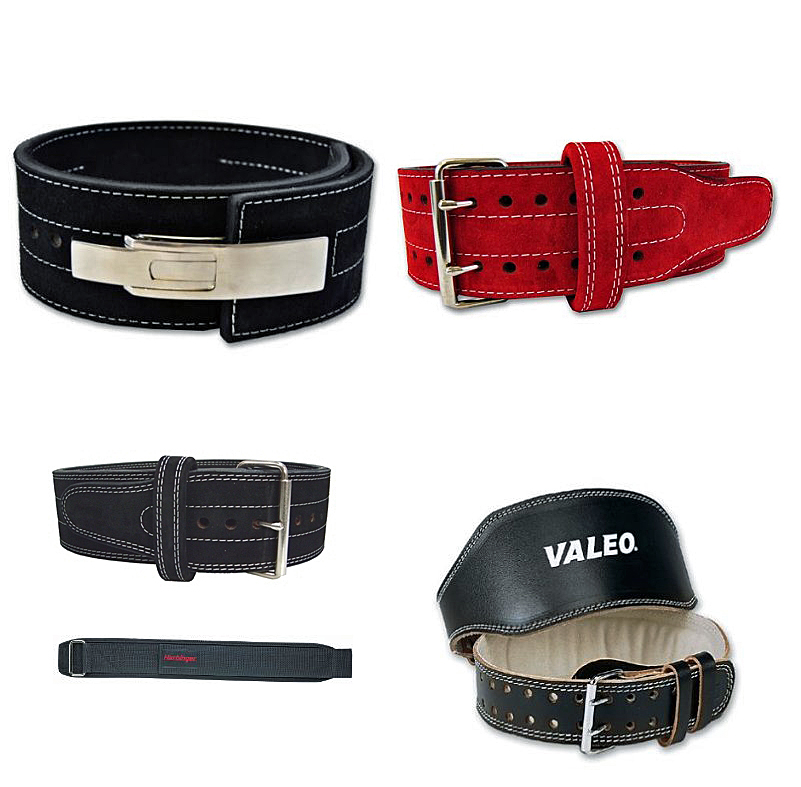
Here are just a few of the belt options: lever belt, double pronged, single pronged, tapered, and velcro.
Velcro vs. Leather
Let’s start with the easy stuff. A velcro belt belt is not a serious piece of powerlifting equipment. Velcro belts are often worn by professional strongmen UNDERNEATH their regular leather, powerbelts. That should tell you what you need to know about the kind of support they offer. They’re mostly useful for keeping the back warm, but they do not offer much in the way of added safety nor in the way in of lifting heavier weights. They can be nice to have around if your back is stiff and you want to do some work that a regular powerbelt would interfere with. Stone loading and the Olympic lifts are some potential examples.
Single vs. Double Pronged
In my opinion, a double-pronged belt is completely unnecessary and often very, very annoying to use. The idea behind getting a double-pronged belt is that the extra prong more evenly distributes the stress on belt thus making the belt more unlikely to fail under heavy loads. This is actually true. However, I have NEVER seen a quality single prong belt fail under a load and I’ve seen multiply squatters handle 1000lbs+ in such belts. If you don’t buy a piece of junk, you have nothing to worry about. Long story short, single prong is fine and much, much easier to adjust from hole to hole than a double pronged belt.
Pronged Belts vs. Lever Belts
Lever belts are another option. Lever belts, as the name implies, use a simple lever system to allow the belt to flip open and lock closed. The main selling point here is that the belt is infinitely easier to get on and off. If you want it real tight, it is easier to get a lever belt tight than it is to really pull all the slack out of a pronged belt.
Here’s a great lever belt demonstration:
However, the moving parts on a lever belt can and do break. Most companies that offer lever belts will provide a long warranty specifically because of this. They also all sell replacement parts which should tell you quite a bit about how common it is to need replacement parts for a lever belt.
Personally, I prefer single prong belt and that is what I will recommend here as well. If you like the belt at different levels of tightness for different lifts, or if you just like it looser for warmups, the single prong belt allows you to do this without busting out a screwdriver and spending a bunch of time adjusting everything. I just don’t see the lever belt as necessary. Is it nice to be able to take off your belt easily and quickly? Yeah, definitely. But if you’re gaining weight or losing weight, if you like adjustability and versatility, the lever belt is just a massive pain in the ass. See if you can try out a friend’s lever belt, but, if not, I recommend single prong.
SBD has produced an easily adjustable lever belt. This belt offers the best of both worlds. You can get crazy levels of tightness because of the lever system, but you also get the ease of adjustment offered by the traditional pronged belt. There is a catch of course. The SBD Belt costs about two times as much as a traditional single prong belt and a good 50% more than a lever belt. Like most SBD equipment, what you get is quality, but it is probably more expensive than it really should be. There is no doubt though: this is the best belt on the market.
Here’s a demo:
Thickness
As for the belt thickness, I personally see no reason not to go with a 13mm belt. Some people complain that the 13mm hurts really badly. While I’m tempted to say, “F*** you. This is powerlifting. Man up!” that isn’t exactly productive and you can’t judge someone else’s pain tolerance. Maybe it really does suck.
If you’re a small female or a lighter weight class lifter (165 and below), perhaps consider getting a 10mm but only after trying 13mm and ruling it out (borrow a friend’s before purchasing). For the rest of you, 13mm is definitely the way to go. The thicker the belt, the more it helps your lifts. It is that simple. If you’re going to use equipment, you might as well get the most out of it that you can. Go for 13mm.
Belt Width
Now, let’s talk about belt width. You should not get a belt that is tapered from the front to the back. The only exceptions to this rule have to do with geared bench pressing where the belt is primarily used to lock the shirt into place and conventional deadlifting where lifters sometimes want less coverage in front to prevent interference with their set-up. However, even if a belt is tapered, the maximum allowable width, AT ANY POINT, is 4″ in nearly all powerlifting federations.
Most of the time though, a tapered belt is a dead giveaway that the person who made your belt is not a lifter and doesn’t understand the purpose of a belt in the first place. The primary function of the lifting belt is to give your “core”, including your abs, something to brace and push against.
I know you’ve never done this before, but bear with me and think of your biceps for a moment. Can you contract them harder when you’re posing in the mirror or when you’re holding a dumbbell? Test it out if you don’t know the answer. Admittedly, this analogy is not perfect, but the belt essentially acts as the “dumbbell” for your abs. The belt gives the abs something to contract against thus increasing the overall intra-abdominal pressure you can generate. The higher your intra-abdominal pressure, the stronger your “core”, and the stronger your “core”, the more efficient your force transfer. As you’ve heard me say a thousand times in past articles, more efficient force transfer means more weight lifted.
Now, we settle on a 4” width because that is the maximum allowable by the rules. Again, wider would help even more because belts work by giving your core something to brace against. Wider means more contact area against the abs which means more of an effect.
However, as I said, a proper leather, tapered belt is appropriate in a few instances. If you are very short or have a small gap between your ribs and yours hips, consider the tapered belt. In the latter case, a 4” belt might actually dig into your ribs or hip bone. This can lead to unnecessary cuts and bruises and it isn’t helping you lift more weight. Bones can’t be made to actively brace and push like abs can. Also, some guys prefer the tapered belt for the deadlift. As you get bigger, particularly in the gut, it becomes harder and harder to properly set up at the bottom of a deadlift. Your stomach can run into your thighs making it difficult to set your back. A wider belt can exacerbate this problem. A tapered belt might be worth experimenting with if you personally have this issue.
How to Use a Belt
There are many different theories as to how you should use your belt. Some people actively push their abs into the belt, others “set it and forget it”, some wear their belts looser, and some wear them excruciatingly tight. What is “correct”? Is any of it correct or does it just come down to personal preference?
Well, let’s go back to what the belt is actually doing: increasing intra-abdominal pressure. To answer the above questions, we simply have to figure out which method results in the highest amounts of intra-abdominal pressure.
So, as far as “pushing into the belt” vs. “setting and forgetting”, ask yourself when your abs are tighter: when they are fully contracted and squeezed or when they are contracted and forced out? Now, we could get an EMG test going to prove this conclusively one way or the other, but I bet that if you just mess around in your computer chair right now, you’ll see that they are actually tighter when you contract and squeeze. The same is true in a belt.
As far as how tight to wear your belt, you should basically wear it as tight as is physically possible without losing the ability to fully contract your abs. Some people wear their belts so tight that they cannot even produce a full abdominal contraction anymore. You’re essentially relying on the belt to be your abs at this point and this simply isn’t as effective as a combination of both abs and belt. Likewise, there is no reason to wear your belt looser besides personal comfort. The tighter the belt, while being able to fully contract the abs, the higher your levels of intra-abdominal pressure will be. And that’s our whole goal, remember?
So get that belt tight, but not so tight you can’t fully contract and SQUEEZE the abs.
How to Put a Belt On
One of the tried and true ways to put a belt on is to simply get a partner to help you do it. The other way is to simply use a rack or a stand of some sort, pin the belt to the rack or stand, and then twist while holding in your air. This will get your belt extremely tight.
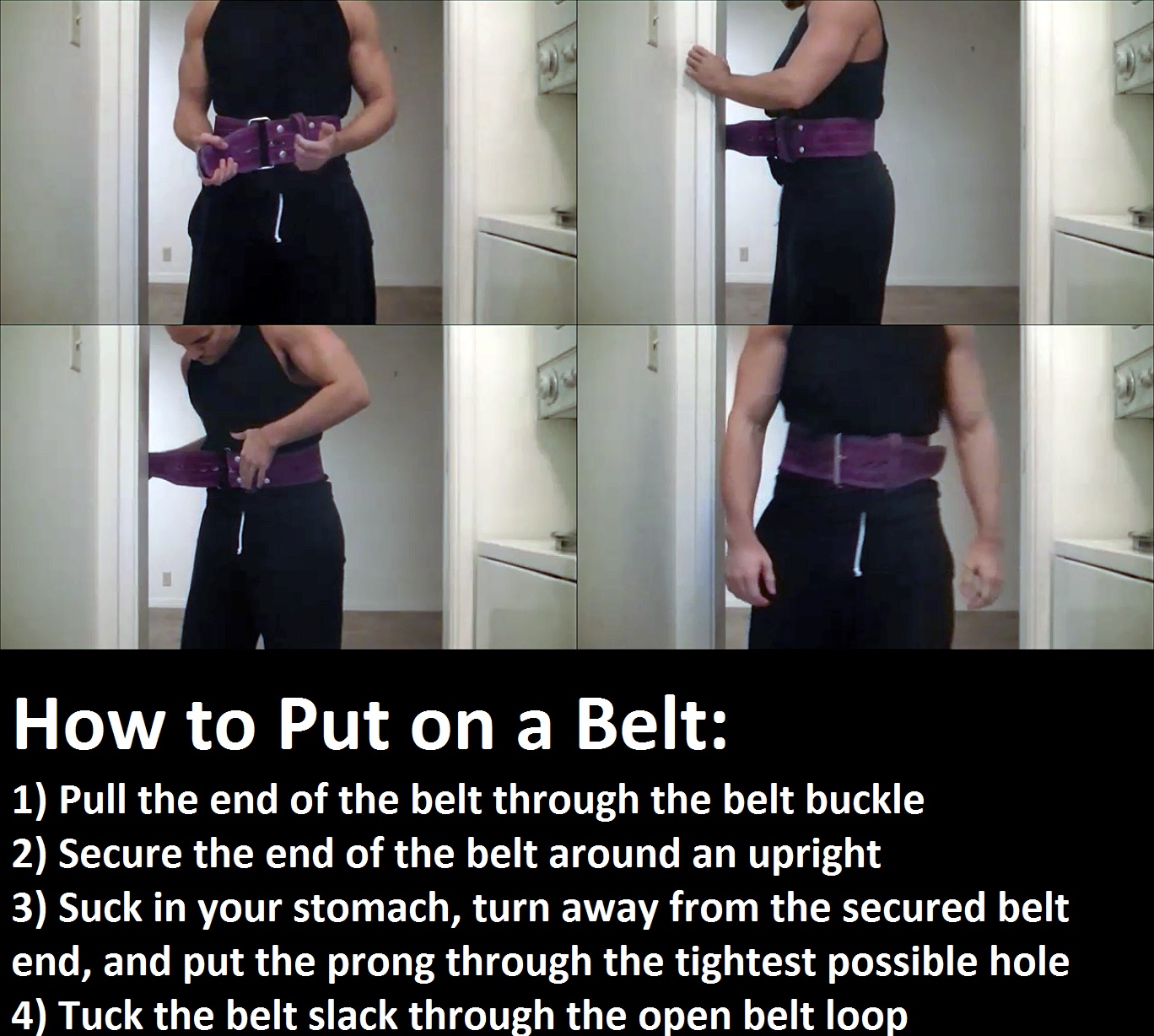
Belting Up for Squats
My personal preference is to drop into a body weight squat, let the belt adjust a little, and then tighten it damn near as tight as I can while still producing an abdominal contraction.
Belting up for Bench
For bench, I don’t know that the belt particularly helps. Some people complain that it doesn’t allow them to set as big of an arch. For me, the difference is almost non-existent but it is there. The difference might be bigger for you if you’re more flexible than me. This is something to consider. I do know that whenever my back isn’t feeling up to par, wearing my belt seems to help. Ultimately, I think belting up on bench comes down to personal preference.
Belting up for Deadlifts
This is the area of greatest contention in terms of “how to wear your belt”. If you’re a sumo puller, frankly, I believe it is best to just wear the belt the same way you do for squats. It won’t interfere with your set-up because there will be no contact between your legs and your stomach.
For conventional pullers, often times the belt will jam into legs making it extremely difficult to fully set your back before the pull. The bigger your gut, the harder it is to set-up. There are some people for whom this is such a big problem that they actually pull more without a belt. But we don’t want to have to take our belt off because the belt let’s us lift more weight.
Keeping in mind that not everyone has this problem, let’s take a look at three methods for getting around the “set-up” problem in the belted conventional deadlift:
1) Wearing the belt a bit looser
2) Wearing the belt higher
3) Wearing the belt backwards
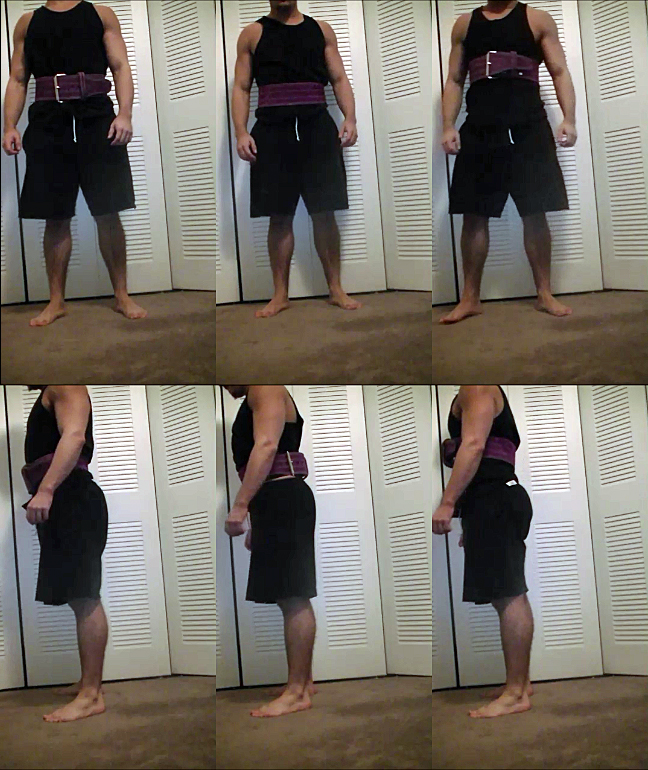
Here are the three common ways to wear a belt for deadlifts (left to right): 1) slightly loose, 2) backwards (my preference), and 3) super high just underneath the chest.
Often times, people will just wear their belt a bit looser on deadlifts to give them room to set-up even with things being “mashed” into each other. This is usually a sub-optimal approach because a looser belt provides less support.
Many lifters have taken to wearing the belt much higher on their torso. Personally, I also think this is sub-optimal. Remember, the more coverage on the abs by the belt, the higher the intra-abdominal pressure. Wearing the belt higher decreases total surface contact area on the abs. However, what it does, and why I think lifters like it better, is create room for the stomach to mash into the legs with the belt digging in and preventing a solid set-up. And because it is still provides SOME support, combined with the improved set-up, lifters can often lift more weight with the belt in this position.
I’d like to offer an alternative that I learned from studying the great Doyle Kennady (the first man to pull 900 in a meet). Just wear the belt backwards. That’s right. Wear it backwards. The buckle is the part of the belt that protrudes the furthest outward. By placing the buckle on your back, where no contact between body parts occurs, you decrease the amount of “mashing” that occurs up front. The draw back is you’ll definitely need someone to tighten your belt for you with this method. If you’re a conventional puller, try it for yourself and see if you like it.
Recommendations
All this said, the number one factor in selecting a powerlifting belt is quality. If you go for high quality, you’ll never have to buy another belt in your career. I know guys who have had their belts for more than 20 years. I’ve personally had to get two belts because I “outgrew” my first one (I got very fat). Nonetheless, go for quality and you won’t regret it. Do not get some plastic piece of garbage. Get REAL leather.

These are my personal single prong belts. I’ve had both for years at this point. They still look great. This is why you buy quality.
If you’ve decided on a belt, I recommend getting one of the stocked belts from Titan. Be warned. If you get a custom color, they can take a long time to ship. You WILL wait 3-8 weeks.
You might also consider Inzer belts. Both Titan and Inzer offer lifetime guarantees on their leather belts. If you get a lever belt, depending on the belt, both offer limited warranty’s on moving parts.
So why do I recommend Titan? The customer service has been superior in my experience. If you want to wait months for your belt, if you want to be pushy with staff, then risk going with Inzer. I’ve heard some people have no problems with them and others have huge issues. I’ve honestly even heard of people waiting six months for their Inzer belt. Not pretty.
On the other hand, I haven’t heard one bad thing about AndersonPowerlifting.com who is an official Titan vendor. That is why I personally get nearly all of my powerlifting gear from AndersonPowerlifting.com. They’ve taken care of me on numerous occasions when it cost him financially to do so and thus I go out of my way to recommend his company whenever I get a chance.
Moving Forward
I hope that was helpful. As always, if you have any questions whatsoever about belts please feel free to ask!
There will be an accompanying video released for this article very, very soon.
Be on the lookout for the next installment of the Powerlifting Gear series: Powerlifting Knee Sleeves. Yes, there is a “best knee sleeve” and, yes, you can get pounds out of your sleeves if you do it right.
Like this Article? Subscribe to our Newsletter!
If you liked this articled, and you want instant updates whenever we put out new content, including exclusive subscriber articles and videos, sign up to our Newsletter!
Questions? Comments?
For all business and personal coaching services related inquiries, please contact me at:
[contact-form-7 id=”3245″ title=”Contact form 1″]
Table of Contents
Powerlifting Gear I: Powerlifting Wrist Wraps
Powerlifting Gear II: Powerlifting Belts
Powerlifting Gear III: Powerlifting Knee Sleeves
Powerlifting Gear IV: Powerlifting Shoes



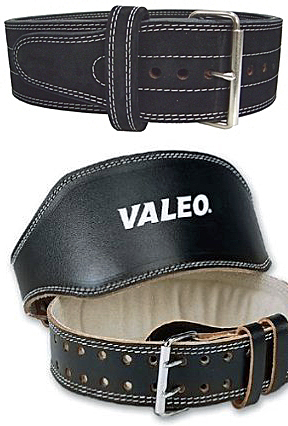
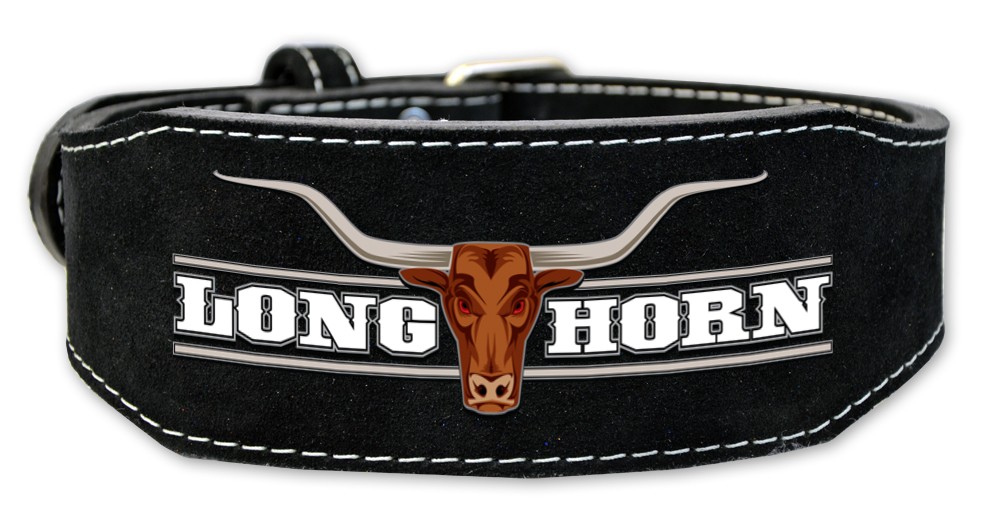
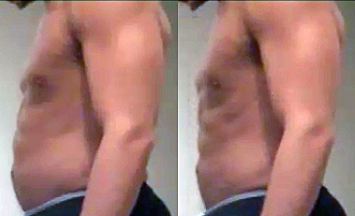
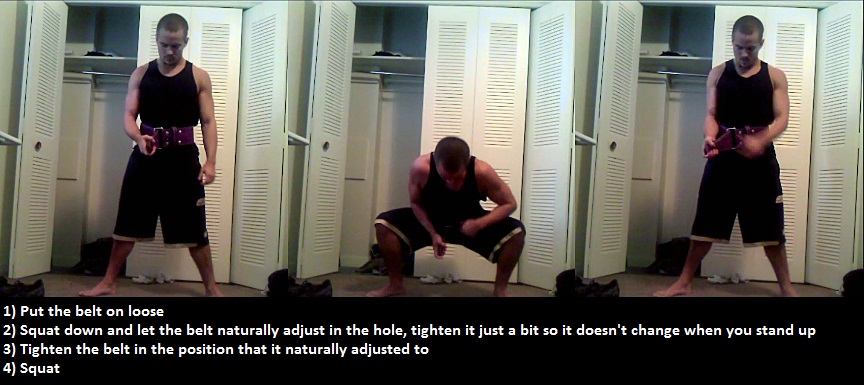
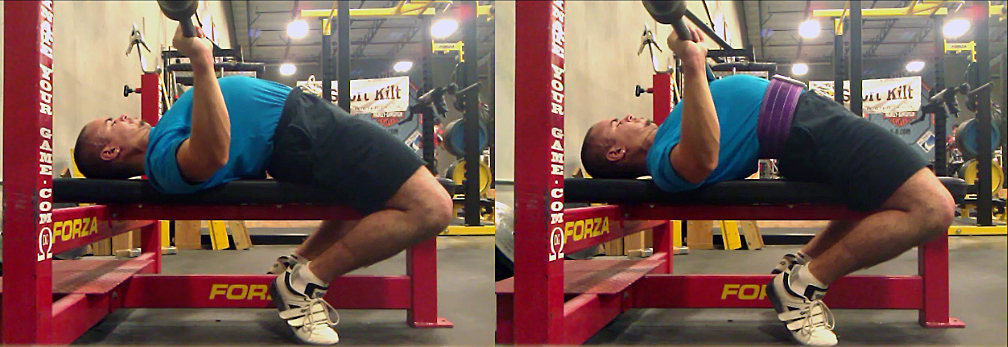
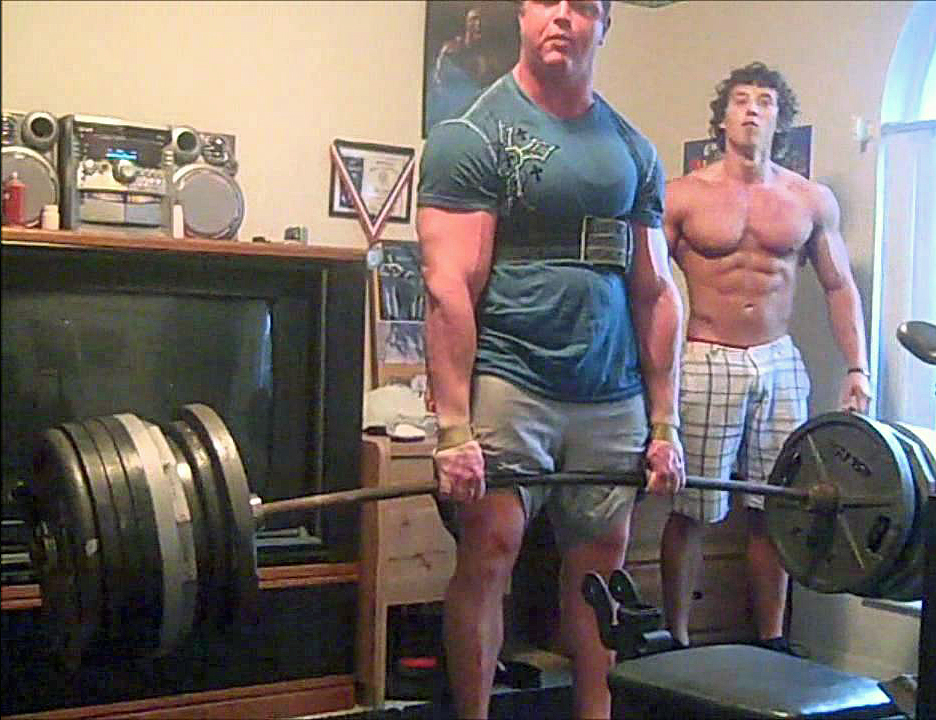
I’ve had great luck with Dean over at Best Belts.